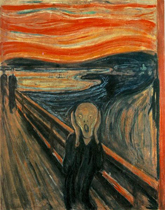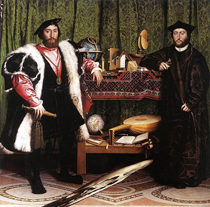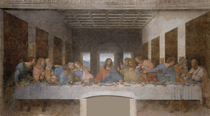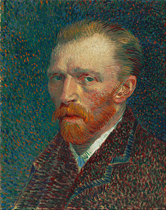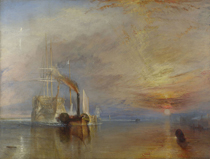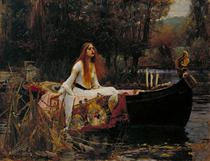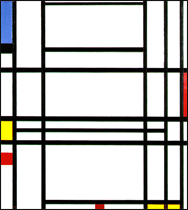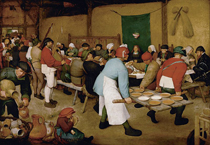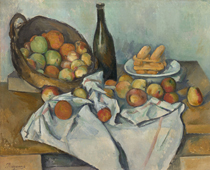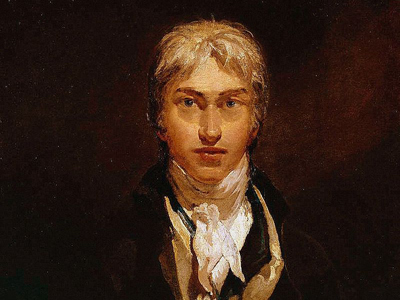
Evaluating and Analysing Art
This quiz addresses the requirements of the National Curriculum KS3 in Art and Design for children aged 11 to 14 in years 7 to 9. Specifically this quiz is aimed at the section dealing with understanding evaluating and analysing creative artworks using the language of art, craft and design.
Although 'good' art may mean something different for everyone, there are usually several elements to a piece of artwork which can be assessed in order to decide how successful the artist was in conveying his or her meaning.
KS3 students should be able to demonstrate that they understand how to critically evaluate a piece of work, using the correct vocabulary and terminology.
Try this quiz to see how well you are at evaluating and analysing artworks.
Click on the pictures to make them larger.
Ready for more?
not all...
quizzers. Try to win a coveted spot on our Hall of Fame Page.





